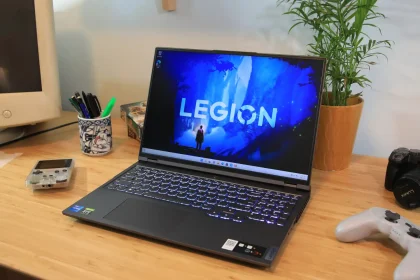In crime location examinations, legal finders assume a significant part in recognizing, gathering, and breaking down evidence. These profoundly particular apparatuses empower criminological specialists to uncover stowed away hints, substances, and examples that are fundamental in tackling criminal cases. The 4 gas monitor ensures comprehensive safety by detecting and monitoring the presence of multiple gases simultaneously.
DNA Analysis: DNA is a fundamental piece of evidence in numerous criminal examinations. Scientific researchers use DNA identifiers, for example, polymerase chain response (PCR) machines, to intensify and examine DNA tests. These finders help in recognizing suspects, affirming connections, and connecting people to crime locations.
Fingerprint Detection: Fingerprints are special to people and can be instrumental in distinguishing suspects. Criminological specialists use fingerprint locators, including powder, compound reagents, and substitute light sources, to imagine and gather inactive fingerprints from different surfaces. High level methods like laser and digital imaging have altered fingerprint detection, upgrading precision and effectiveness.
Drug Detection: Recognizing unlawful drugs is a basic part of criminological examinations. Convenient identifiers like gas chromatography-mass spectrometry (GC-MS) and immunoassay-based units help distinguish and break down substances at crime locations. These locators help with deciding the presence of drugs, their amount, and possible connects to suspects or casualties.

Ballistics Analysis: Legal ballistics centers around guns and ammo related evidence. Apparatuses like ballistic finders, like magnifying lens, correlation magnifying instruments, and rapid cameras, help in breaking down slugs, cartridge cases, and gun marks. This assists specialists with deciding the sort of weapon utilized, likely directions, and associations among guns and crime locations.
Trace Evidence Analysis: Trace evidence alludes to little, frequently minuscule, materials moved during the commission of a wrongdoing. Criminological indicators like checking electron magnifying instruments (SEM) and nuclear power magnifying lens (AFM) assist with examining strands, hair, glass pieces, paint chips, and other trace materials. These finders give significant data about the beginning, arrangement, and likely relationship of these materials.
Digital Forensics: With the rising utilization of digital gadgets, digital forensics has become key in current wrongdoing examinations. Apparatuses, for example, PC criminological programming, information recuperation instruments, and cell phone analyzers help in removing and examining digital evidence.
A 4 gas monitor is a vital tool used in various industries to detect and monitor the levels of four specific gases for safety and environmental purposes.





